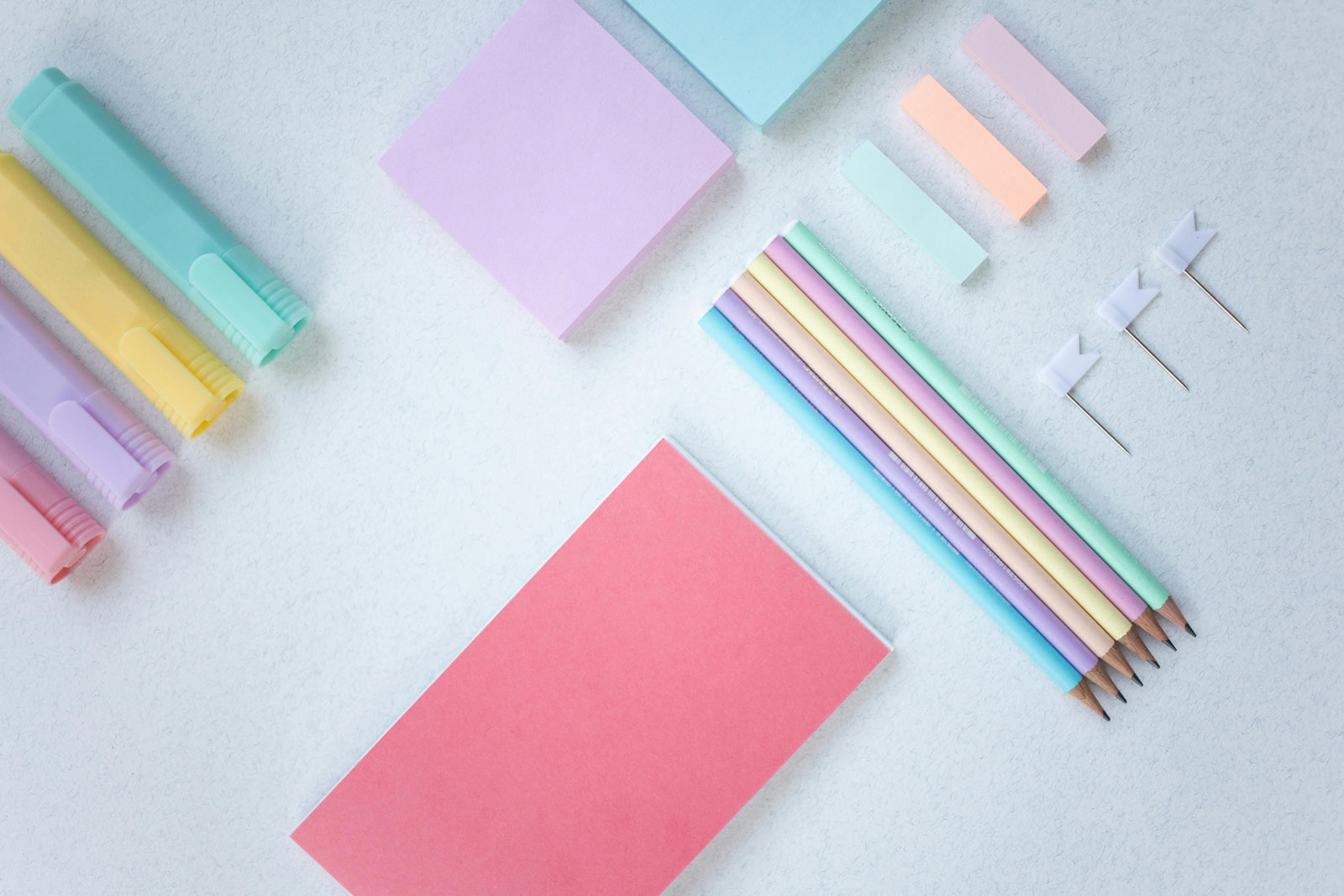Inviare un messaggio promozionale è il modo migliore per restare in contatto con i tuoi…

Best designing technique: 8 things you should probably stop doing
It was a small moment and a late one when I realised… Why do designers approach design in such a way? Why not like this, and so on… Being a digital designer for over 20 years, I’ve made these mistakes and probably you’d have made one too.
At times, designers just want to “please” the stakeholders and get their work done by the day. While on many occasions we invest a lot of time in searching or designing a solution – or invest a thousand hours by make an inspiration works – when we are needed to address the question in the first place — and this leads us to walk astray without realising our errors.
1 — Stop plagiarizing from Websites
Creativity is not easy. Coming up with a design in a short time can be difficult, and so we look for references and copy them the same. As a designer you need to stop plagiarism and try to modify a reference work into your own design.
I agree — Designers are not born with innate ability to create gorgeous interfaces, or gifted with some special color psychology. Designers also need to work hard on their craft, experiment and learn like everyone else does. Although, as a newbie designer it is OK to copy and hone your skills from Pros. It’s the right way to learn when you do not have an industry perspective.
That said, having somewhat experience as a designer you will agree to one thing that, we all take UI reference material from Dribbble, Behance, Awwwards etc. In my opinion, our references should remain as an inspiration. It is one thing to get inspired but it’s another thing to copy paste someone else’s design entirely. Its always good to get ‘inspired’ (motivated) from others, like your favorite designer — you will always fall in love with their work, their style of design, color palette, interaction and more… but think this, their design language & style might not necessarily be appropriate to the product you are building.
2 — Pick relevant reference & save time
It’s important you save time on illustrations, icons or any graphic element on UI while making early designs. Having an idea of what the illustration will look like and then selecting an appropriate placeholder will accelerate your work.
Off course, this doesn’t mean that you don’t have to make one. But, is it actually necessary to design visual elements before you finalize the layout? — NO.
Let’s take an example: You are designing an ‘Invite friend page’ for which you want to add an illustration — so you design the layout of the page accordingly, Now, rather than jumping into making that illustration or artwork.. take it slow. In your mind you know what kind of illustration you want — A guy holding a phone and a friend next to him.. Ok now, go ahead search for a similar type of illustration as a ‘placeholder’ on Dribbble and use it in your design.
By doing so –
- You have presented your page structure a lot faster
- Saved your time and rework on graphical elements
- Project timeline is not compromised due to delay in design
3 — Do not try to give designs as per product managers words
If you are asked to provide a design or even a popup by your PM… Just wait for a sec. Do not pour their words into design just for the sake of giving it. Listen to the requirement and get every necessary piece of information, as this will only help you to strategize your process of design and save both of your time.
Ask questions: __What is the objective? __What are we expecting the user to understand? __Is this information necessary to the user? __Is this structure coherent for the user? __What will happen if there is no data to show? And so on…
You are not bound to do everything as the PM says.
As a designer you need to do your part of research & exploration for you to share insights for the best experience a user could possibly have. Do not rush into design blindly. You are not thinking deeply about the product and its use, period. If you do not agree to a certain thing as a user experience designer, take a minute… Get your brain to process and you will have a different & better way around.
4 — Do not put everything on the page, pick and choose what’s necessary
While designing, we start thinking of elements that the user will need or will interact with — which ends up crowding our artboard with elements such as — heading, subheadings, graphic, bullet points, video, ticker, fab icon and what not… and all this happens when we don’t have the time to sit and wireframe. In such case, having all information that we think is necessary to the user in our design ends up confusing us even more, and all we end up doing is — moving the pieces up and down to make the layout look good. Don’t do this.
“A Designer will arrange details on the page, but a Good Designer will eliminate all the unnecessary details.”
It is crucial for us as designers to understand on a psychological level, why our users are doing what they are doing, what motivates them to use our products/service. This awareness will allow us to create an impactful and well-defined structure for the product.
Treat your design as a Story — which has a start, middle and end. Every small feature you deliver is a story in itself and each page you design weaves that story together. Do not overwhelm the user by tossing stuff on his face and letting him figure the story by himself. Instead, walk him through. Design should intrigue him enough that he is compelled to stick till the end.
Be more empathetic rather than being instructed. There is a certain depth to understand a page when it comes to the real user. Once you have their point of view it will be easy for you to eliminate unnecessary and keep only what’s actually required on the page.
…Less is required, more is unnecessary!
5 — Do not treat each page as your clean slate
Consistency is the key principle of design! Going all artistic will end up with an inconsistent interface to the product that will not only confuse the user but will also make it hard to decipher the final product.
Let’s say, One day you’ve been asked to redesign a ‘Profile page’.. So, you go and skim through all the profile page designs on Dribbble. You liked a design that is appeling with all the colored icons and gradients, which then you use that as a reference to make your own profile page. Kudos! You’ve completed your task! Now, the next day, you are asked to design a ‘Detail page’ inside the ‘Profile page’, which shall have numerous text fields, actions and content.. So you repeat — go on Dribbble, see similar samples and design your page. Why?…
First of all, All design decisions should come from understanding the user. And secoundly consistency in the design pattern should reflect in the product.
Trying to make designs beautiful as per Dribbble will not benefit to the user experience of your product.
Alteast, having a consistent Visual Language will help the user to execute a task without learning the UI every time they switch the context. By doing so, you are also setting a Voice and Tone for the product.
6 — Write your own content, even if it’s not perfect
If you are one of those designers who think that content writing is not my job… I will write ‘lorem ipsum’ and move on and later incorporate the content I receive from the PM or content team then — Stop practicing this. Even if you feel your language is verbose, try to write your own copy.
Well, Content Strategy and UX writing falls under the large UX umbrella. Few industry best (Airbnb, Slack, Dropbox, Patreon, Squarespace) follows content strategy as a design practice. Likewise, not as a professional but being aware of what content adds to the core product experience and how it goes much beyond metrics and ROI is important.
“Writing content in your words will help you decide on how a design should work and look rather than trying to fit the content into a design”. As a designer, you have a fair understanding of the user journey and what the user is expecting to read or see on a particular screen, hence writing copy will helps you to keep the content flow consistent and further provides a context to UX writers to refine & create a unified voice for the product in ways that a designer may not.
7 — Save time by communicating with developers before making fancy designs
I know how exciting it is to show your design skills. As a designer we want the best looking UI and interaction to what you are making — That like a dream of a designer:) You will prefer to sit in isolation until you are finished with your crazy designs and only then give the designs away. Creating beautiful pixels without knowing technical feasibility is just waste of time.
Ah, the beautiful relationship between Designers & Developers! We have heard so many times about the cold war brewing between these two world apart parties. Yes, we guys are equally involved & responsible for shipping the product. The whole process of creating a product or introducing a new feature always starts with keeping the user in focus, right? And, no matter how fancy a design we make, if we are not aligned with the engineering partners then it won’t do any good to the user and certainly will not help the business.
Understand the possibility of effort that goes into building your design solution. Make sure they understand the reason behind designing it in a certain way. Provide a realistic example and also have an alternative way in case it’s truly infeasible.
Communicating early and establishing a clear shared understanding between you and the developer will surely save a number of redesigns, delays and will also cost less to your organization.
8 — Stop trying to prove how hard you work at home
I have worked home after office hours:00 for almost six years, and I am not sure if I am the right person to advise on this but here are my two cents. I am not going to lie and say that this hasn’t help me to accelerate in work or career wise. But raising my head from the screen has made me think of how much I’ve missed all these years.
So, you are passionate about design. You like the complexity of a problem and are willing to put all your creativity, energy and your mind to solve it. You don’t see day or night, you are just so much in love with your work that you see nothing except that — ah, I know the feeling.
Most of my time is spent in front of the laptop WORKING. One thing we all know, is that the process of learning will never end. We have plenty of time in a day to work and be productive, and this is something that I am still working on. I still at times take my laptop and work late at night in my cave. Point being, we all can choose whether we want to work plenty or work little and smart.
This I can advise you —
“Stop doing quantity work, start doing quality work”
